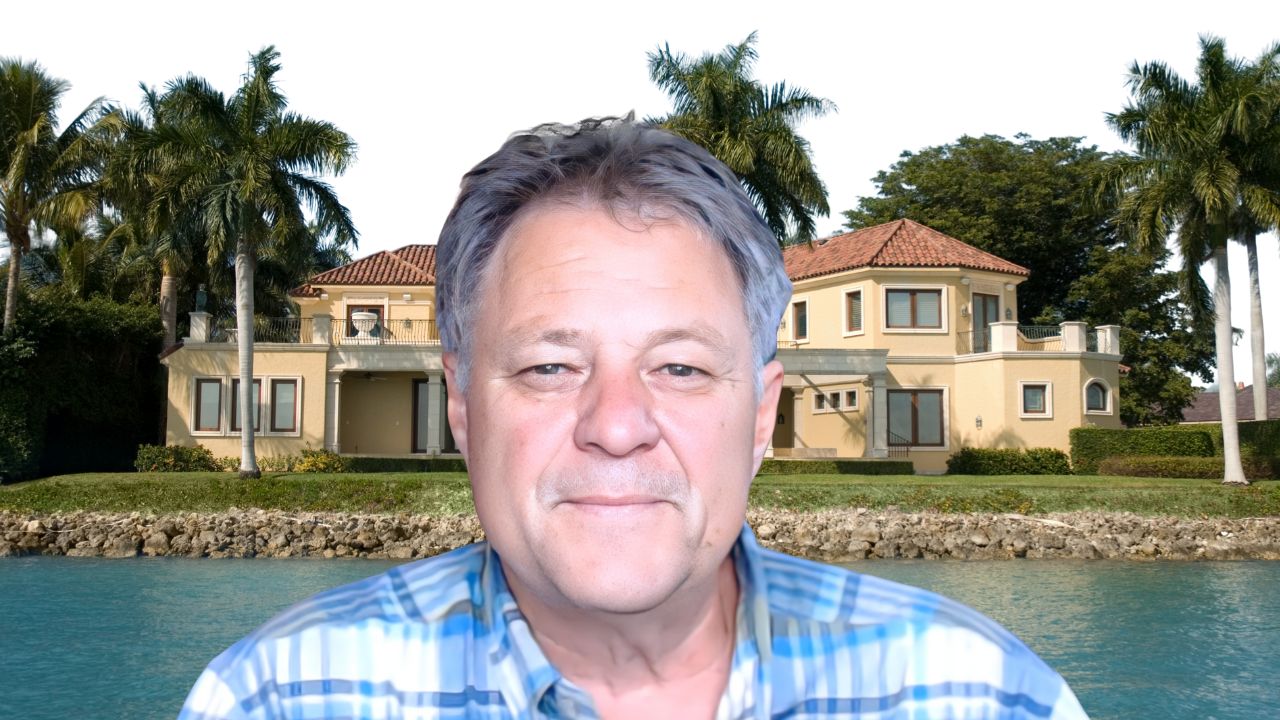Looking to Buy a Home? Search the entire MLS for homes located in the Flathead Valley.
Home Search
A question I’ve been getting a lot lately is, “What’s going on with waterfront properties?” I did a little research and looked at the numbers for waterfront properties over the last six months. Today I want to share some of my findings with you.
Eighty properties closed during the six-month period we examined from September 2021 to February 2022. Of the 80 properties, 56 did not see a price change during the process. Twenty four of these properties had a price change, and the average price reduction was about 7%.
Of the properties that didn’t see a price change, it took them an average of 32 days to go under contract, and the timeline of listing on the market to closing was about 83 days. As for the homes that did see a price change, their average was 98 days to go under contract and 149 days to go from listing to closing.
What did these homes sell for? The homes that didn’t have a price change netted 99.7% of their asking prices on average. The properties that had price reductions ended up selling at 94% of their lower-adjusted list prices. They sold for less money and took a lot longer.
If you’re thinking about selling your home, keep these figures in mind. There’s more than one pricing strategy to use, but it’s clear that one strategy is working better in this market than the other.
If you have any questions for me about the market or anything else related to real estate, don’t hesitate to reach out via phone or email. I look forward to hearing from you soon.
-
Let’s Explore Your Selling Options. We will help you sell your home at the price and terms you want. Schedule your Selling Strategy Call
-
Property Value Estimate. Know the Value of your property with real data and experience. We can help you make an informed decision. Schedule a Home Valuation Consultation
-
Looking to Buy a Home or Land?. Search the entire MLS for homes and land in the Flathead Valley. Home Search
-
E-Newsletter. Get our latest Q&A, insights, and market updates to make smarter decisions. Subscribe Now




